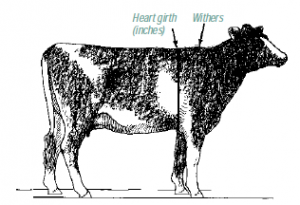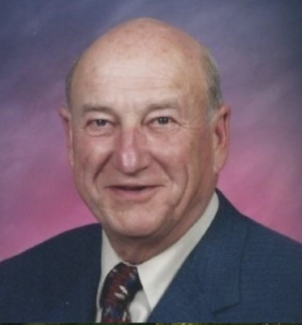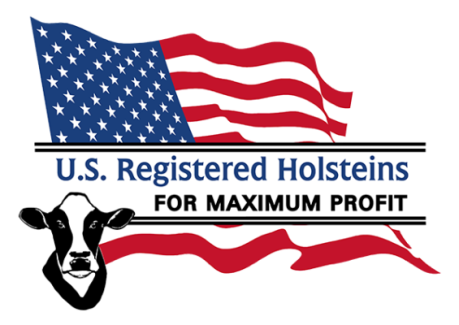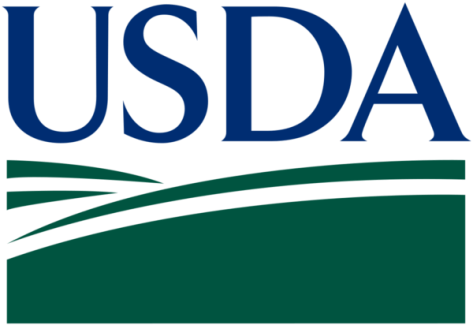Heifers represent the future potential of a dairy operation. Raising heifers is costly and labor intensive.
Recommended age at first calving is between 22-24 months of age. Improving efficiency in raising heifers can have a significant impact on the overall profitability of a dairy operation. In order for heifers to reach optimal body size and weight at breeding and calving, certain growth goals must be met.
Heifers should be at 55% of their mature body weight at breeding, and at 85% of their mature body weight at calving. At freshening, the target body condition score should also be 3.5 on a 5-point scale.
Neglecting heifer nutrition and feeding management can lead to heifers that are much smaller during these critical periods. On the other hand, excessive energy intake can lead to heifers with extra condition, both of which can compromise future production potential and lead to calving problems and a greater incidence of metabolic diseases after calving. Because of genetic differences some farms may have smaller or larger body type animals. Smaller framed animals will reach mature body weight with an average daily gain that is less than a larger framed animal. Therefore, it is important to balance rations for the correct targeted average daily gain based on mature body size for your herd.
When to Measure Heifer Growth
In order to best evaluate the success of a heifer feeding program, routine weight checks and measurements should be taken. Ideally these should be taken every three months to ensure that growth and body weight goals are on track. Body condition score should also be assessed at this time using a five-point scale with 1 = thin and 5 = obese. This measurement is subjective so the same trained individual should assess the animals to increase accuracy. Young calves should have a body condition score of 2.0 to 2.5 since they are naturally thin, this should increase to 3.0 by breeding age, and 3.5 by calving age. Obtaining these measurements will give an indication of heifer growth at critical time points in development such as preweaning, post-weaning/pre-puberty, breeding age, and calving age and allow the producer to compare heifer weights (Figure 1) and withers height (Figure 2) to optimal ranges during these stages of development.

 How to Measure Heifer Growth
How to Measure Heifer Growth
By monitoring the height and weight of heifers and comparing these measures to breed averages, the success of the heifer raising program can be easily evaluated. A scale or weight tape can be used to evaluate weight. Most weight tapes are accurate within 5 to 7 percent of the animal’s actual body weight. The animal should be standing in a natural position with her head upright. The weight tape should then be placed behind the front legs and shoulder blades around the heart girth and pulled snug (Figure 3). Withers height measurement can be obtained using a measuring stick by measuring the animal at the highest point of the withers. When measuring withers height, the animal should be standing on a level surface with its head upright. Hip height can also be measured as shown in Figure 4 and assessed by shifting the withers height curve up by two inches. Body condition score should be assessed by a trained individual.

Conclusion
Because raising heifers is costly and labor intensive, any efficiency gained during that time is of benefit to the producer. Delaying calving over the goal of 24 months costs the producer approximately $50 per heifer per month or more. Monitoring heifer growth and condition throughout the rearing period allows producers to evaluate their heifer program to ensure that individual farm goals are met and heifers that are more profitable and able to reach their production potential are produced.
Safety message: Keep safety in mind when moving and handling heifers. Strive to create a low stress environment to ensure safety for livestock and handlers.
Source – Farms.com




